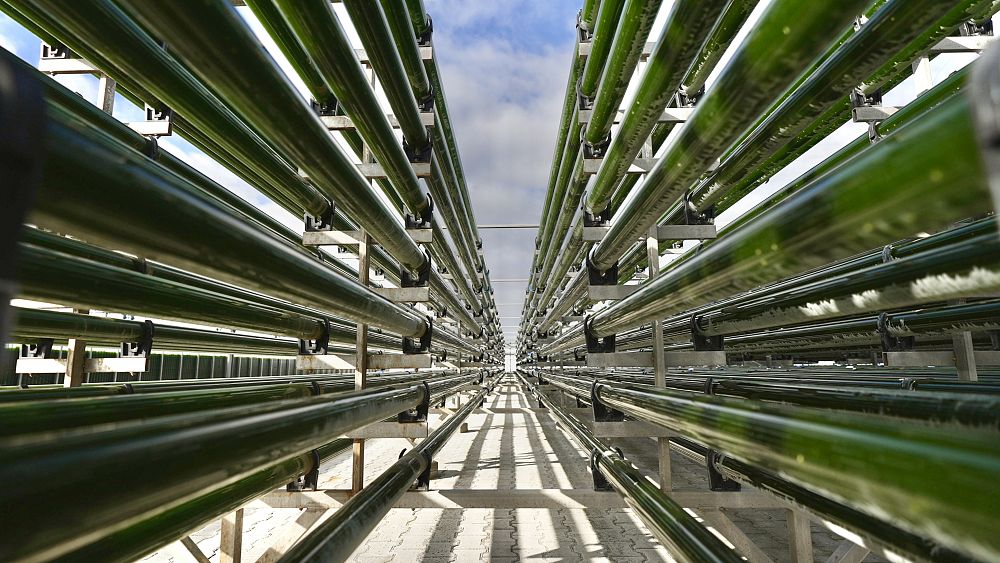
Every drop of seawater is teeming with microscopic life. But researchers in Europe believe that one particular kind could be the answer to the planet’s most pressing problems.
Microalgae, which is invisible to the human eye, has the potential to make farming more sustainable and be an alternative to plastic.
Microalgae can be natural pesticides
Almería, located in southern Spain, is known for its sunny beaches and its agricultural industry. The region is home to a vast network of greenhouses, known locally as the “plastic sea”. This climate is paradise for microalgae – single-cell organisms that can convert sunlight, nutrients, and CO2 into valuable biomolecules.
Local researchers found strains of microalgae that can purify local wastewater while producing fertilisers and other products for farmers.
“They provide biostimulant properties for food production in agriculture,” Gabriel Acién, Professor of chemical engineering at the University of Almeria tells Euronews Green.
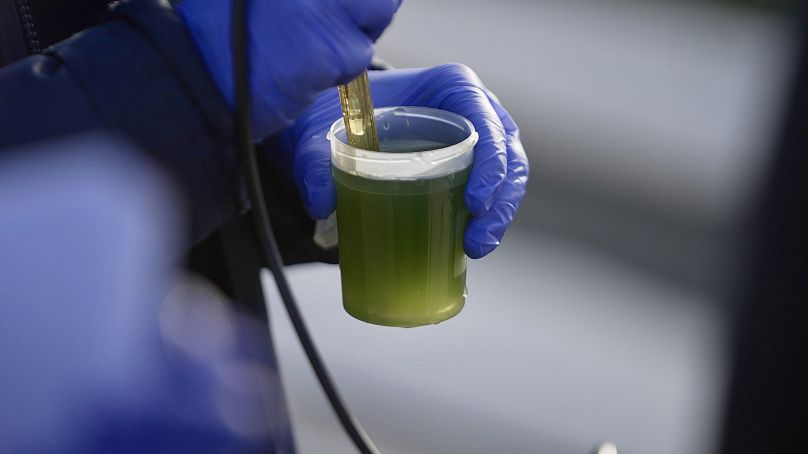
“But also we isolated more or less ten different microorganisms that can act as biopesticides and control fungi, insects and other diseases in the greenhouses without using any chemicals, just the natural molecules obtained from microalgae,” he added.
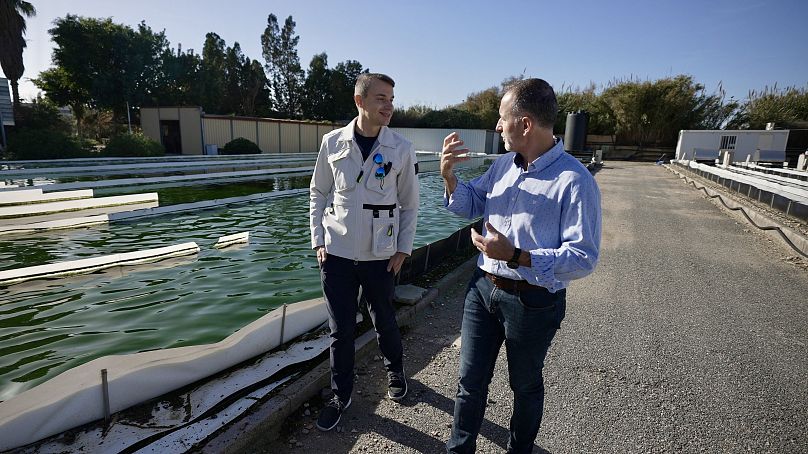
Through EU-funded projects SABANA, for which Gabriel is a project coordinator, and ALGAENAUTS, a local biotech company has developed a range of commercial farming products made from microalgae ingredients. These eco-friendly alternatives align with the European Union’s Farm to Fork strategy, which aims to halve the use of chemical pesticides by the end of the decade.
“We have to keep in mind that for 2030, we have to remove the chemical compounds in agriculture in order to get a sustainable and healthy food production,” said Joaquín Pozo Dengra, R&D Director for Biorizon Biotech, and ALGAENAUTS project coordinator.
What are algae being used for?

A pesquisa e desenvolvimento na Europa tem vindo a aperfeiçoar o cultivo de microalgas ao longo de décadas
Euronews

European researchers have developed biofertilizers and biopesticides based on microalgae.
Euronews

Microalgae are being studied for their potential use in a variety of applications, such as the production of biofuels, agricultural inputs and animal feed.
Euronews

The microalgae biomass can be used in different forms, reducing the use of chemicals and fossile fuels.
Euronews

Microalgae can be used to produce bioplastics.
Euronews

Pellets of bioplastics produced with microalgae and marine bacteria are ready to be used in industrial manufacturing.
Euronews

Selected strains of microalgae can improve the health of larvae and juvenile fish in aquaculture facilities.
Euronews
While microalgae-based fertilisers and pesticides may be more expensive than traditional chemicals, farmers have found them more efficient because they don’t have to use as much product to get the same result.
Nowadays, increasing numbers of consumers are willing to pay more for products that are perceived as being grown in a more natural way.
“Plants that have not been treated with chemicals are more tender, greener, more natural. In the end, you’re getting a higher-grade product,” says David García López, a tomato farmer at Saborum Origen.
Could microalgae help tackle our problem with plastic?
Plastic pollution is a big concern for coastal regions like Brittany in northern France. Pieces of marine litter break down into tiny particles that end up in the food chain.
Researcher Stéphane Bruzaud says the problem should be solved through collection and recycling – but in some cases, biodegradable alternatives could also play a role.
“There are always some plastics that end up in terrestrial or marine environments, for which – indeed, the development of biodegradable polymers can be an ecologically-responsible solution,” Stéphane revealed. “It can be plastics used in the fishing sector, for example. It can be the agricultural sector, it can be the cosmetics sector, textile fibres…”
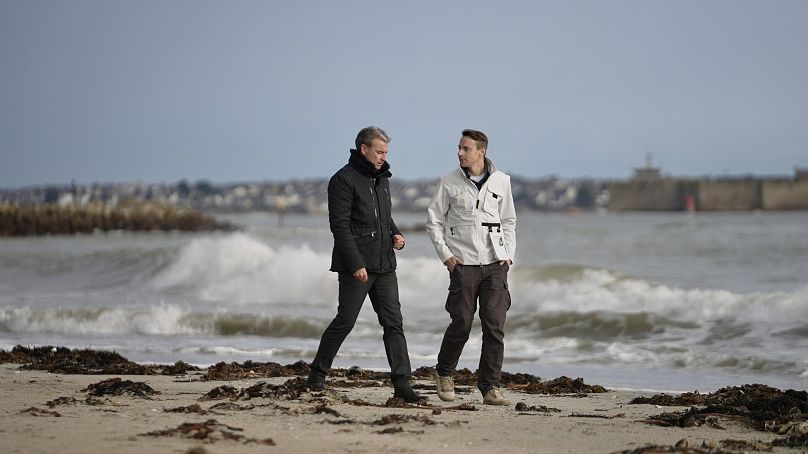
Another European project, Nenu2PHAr, is fine-tuning the industrial production of biopolymers using marine bacteria and sugars extracted from microalgae.
The researchers say such bioplastics can be more sustainable than those made from agricultural crops since microalgae cultivation does not require arable land.
“We can make a bioreactor in a desert for example. We would not be able to grow beets in a desert, but we can build bioreactors able to produce these sugars to be then used to make bioplastics,” Gabriel Brouchon, Researcher in biotechnology at Université Bretagne Sud tells Euronews Green.
The properties of these materials are on par with traditional plastics and can be tailored to meet specific requirements.
Researcher in biotechnology at IRMA, Pierre Lemechko, says that “Sometimes it can be something quite brittle. But only brittle when bent, and quite resistant to traction or compression, for example. Everything depends on the required specifications and the intended use.”
Microalgae: A wealth of possibilities
There are many potential uses for microalgae, from dietary supplements to cosmetics and biofuels. The technology is rapidly advancing, and the European Green Deal is expected to provide a boost to the industry in the coming years.
A company based near Faro, Portugal, has honed its microalgae production techniques for over a quarter of a century. Its co-founder, João Navalho, believes that the true potential of this industry can be fully realised by eliminating bureaucratic obstacles, streamlining national regulations, and addressing what he perceives as unfair competition from environmentally harmful sectors that extract inexpensive natural resources.
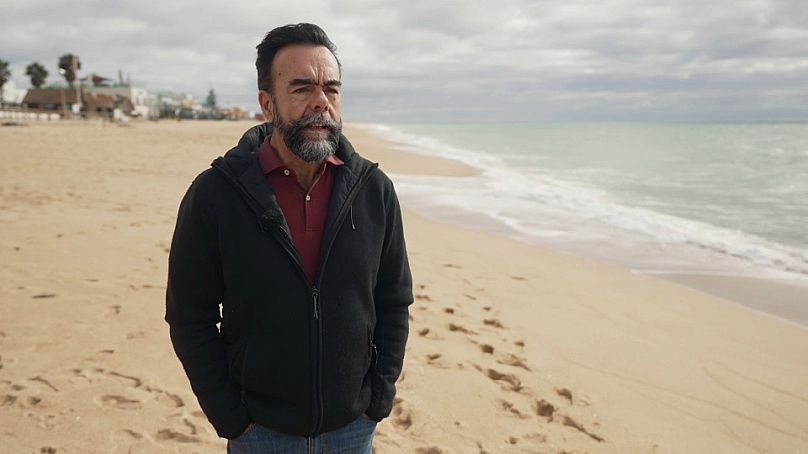
“We are very few and very small, but we may become very large and could play a very important role in what may be the future in Europe – providing a new form of food for people, a new form of food for animals, a new way of producing things that we already produce, but in a less environmentally harmful way,” João Navalho explains.
One example is aquaculture, which typically uses microalgae, or phytoplankton, to feed young fish and other farmed species. The aquaculture research station (IPMA) in Olhão is investigating the use of various strains to make fish healthier. Research is being conducted to explore the potential benefits of microalgae for adult fish too, suggesting a way to make industrial aquaculture feeds more sustainable.
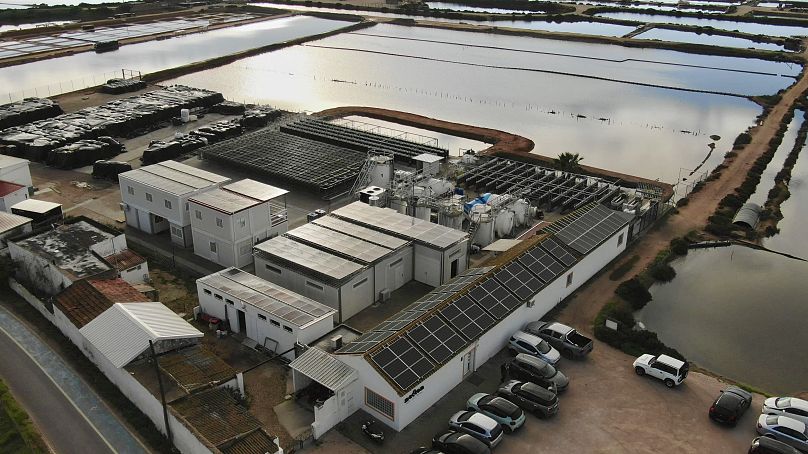
“Since microalgae are part of the food chain in fish diet, it is natural that they should be used to replace fish oils and fishmeal, and at the same time contribute to animal well-being, boosting their immune system and stress resistance,” says Sara Castanho, a technician at the IPMA Aquaculture Research Station.
Fish feeds today often use proteins from agricultural crops. Perhaps replacing them with microalgae could do the same job without taking land away from growing food.
“Today, for marine fish, for example, the feed is based on wheat. And as you know, wheat is becoming scarce due to the war in Ukraine. So there’s a search for possible alternatives, like microalgae, it would seem,” says Pedro Pousão-Ferreira, the head of the IPMA Aquaculture Research Station.
These tiny creatures kick-started complex life in the ocean hundreds of millions of years ago. Today, microalgae can help coastal economies evolve towards greater sustainability, protecting the ocean from pollution and other threats.
“We have a direct connection with the ocean,” says João Navalho. “It’s our birthplace. And the more carefully we preserve its purity, the stronger our connection will be, and the more we can enjoy everything that the ocean can give us,” he added.

